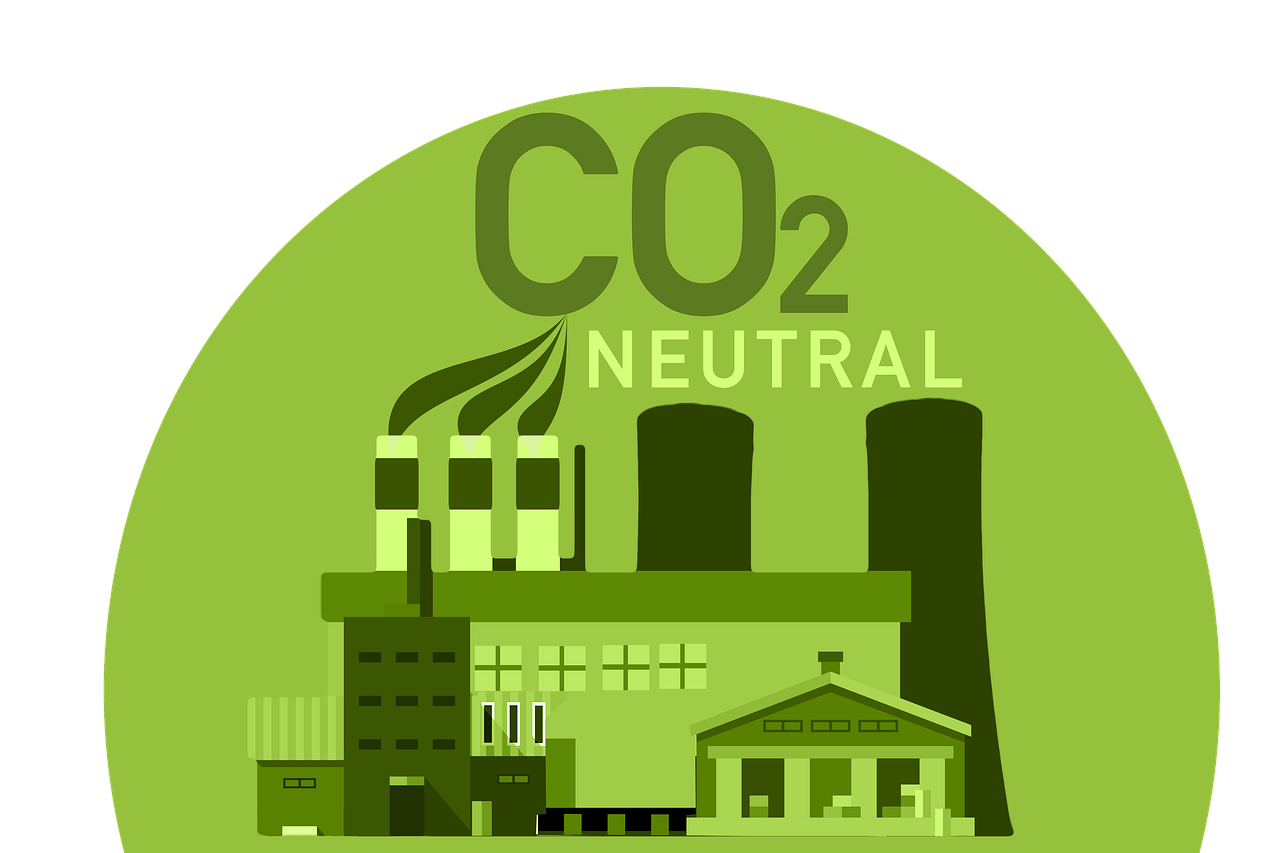CO2, also known as R-744, is a nontoxic, nonflammable refrigerant that is applicable in low- and medium-temperature applications. It’s highly attractive to contractors and end users because it boasts a global warming potential (GWP) of 1 and an ozone depletion potential (ODP) of zero.
Regulations, such as the Montreal and Kyoto Protocols, are requiring participating countries to phase out chlorofluorocarbons (CFCs), hydrochlorofluorocarbons (HCFCs), and other substances that deplete the ozone layer.

FUTUREPROOF: Regulations, such as the Montreal and Kyoto Protocols, are requiring participating countries to phase out refrigerants that have been deemed detrimental to the environment, broadening opportunities for gases such as CO2. (Staff photo)
CO2’s environmental friendliness is pertinent as users worldwide aim to meet environmental regulations and corporate sustainability targets.
In addition to its miniscule GWP and ODP, CO2 offers numerous thermodynamic benefits as well, including that it is a supercritical fluid with high specific heat; high thermal conductivity; and low kinematic viscosity, which grants it better transmission performance, heat transfer characteristics, and higher heat transfer efficiency than most liquid and other gases. CO2 also boasts a low kinematic viscosity, low dynamic viscosity, a small pressure ratio, a large refrigerating capacity per unit volume, high thermal conductivity, and much more.
Refrigeration operations manager
DeTroye Electric Service Inc.
A Futureproof Option
Using an HFC-based refrigerant, such as R-404A, would cost a supermarket around $4-$8 per pound wholesale. According to Refrigerant Depot, a 25-pound cylinder of R-448a will cost between $399-$450 or $16-$18 per pound. Currently, a pound of CO2 costs around $1. Switching to CO2 could save a typical supermarket more than $10,000.
Estes Refrigeration Inc., a Richmond, California-based family-owned company that’s been in business since 1953, is an early adopter of R-744 and has been working with it since 2013. Much of the company’s business focuses on cold rooms and commercial/industrial freezers, which matches well with CO2.
In the early 2010s, one of Estes’ major customers, The Roche Group, which owns Genentech, issued a directive requiring all HVAC projects utilize refrigerants with a GWP of 10 or lower.
“This severely limited our options to hydrocarbons [HCs], CO2, and ammonia,” said Mark Doninelli, vice president, Estes Refrigeration. “In 2012, we completed our first transcritical CO2 refrigerant project for the company. Over the next decade, we’ve completed around 50 CO2 projects. We feel CO2 is a wonderful option for our customers.”
While the transition has not always been easy, the company’s knowledge has evolved, much like the systems themselves.
“Over the last 10 years, the manufacturers have gotten better and better and the gas is now more widespread and affordable,” Doninelli said. “There are more options on the market, and it’s becoming a much more appealing and desirable option for end users.”
DeTroye Electric Service Inc. is relatively new when it comes to installing CO2 systems. The Oostburg, Wisconsin-based commercial refrigeration company has completed two CO2 systems and is prepping for a third install this summer.
“The cost of ownership for a system utilizing CO2 is much more affordable,” said Adam Dykstra, refrigeration operations manager, DeTroye Electric Service. “The installation costs are higher, but operation is more efficient and cost-effective. There are currently no PSMs [process safety management compliance] that are typically found with ammonia maintenance requirements, and we don’t have to recover the gas. You blow it off, and we know it’s not going to impact the environment as much, which provides some peace of mind.”

(Staff photo)
As the price continues to drop and the gas becomes more affordable, Dykstra said he’s recommending CO2 whenever possible.
“I had a couple of customers recently opt for HFC systems, and I asked, ‘Why are you doing this?’” he said. “I told them that this is not a long-range business decision, and they’re going to pay for these choices on the back end. Over the last three years, we’ve seen R-507 increase from $6-$7 a pound to around $35. Those costs are only going to continue to increase. The industry isn’t going to go backwards.”
Doninelli is also a huge fan of CO2 and insists customers at least consider it whenever applicable.
“CO2 is the best option we have available at the moment,” he said. “It’s going to be our top choice until something better is developed, and I don’t see anything coming on the horizon right now.”





